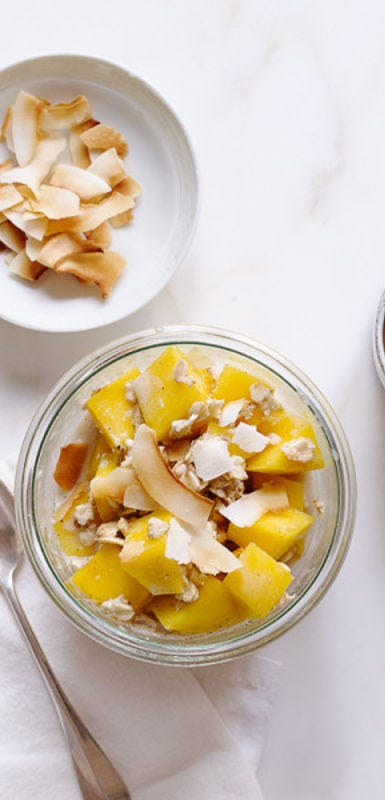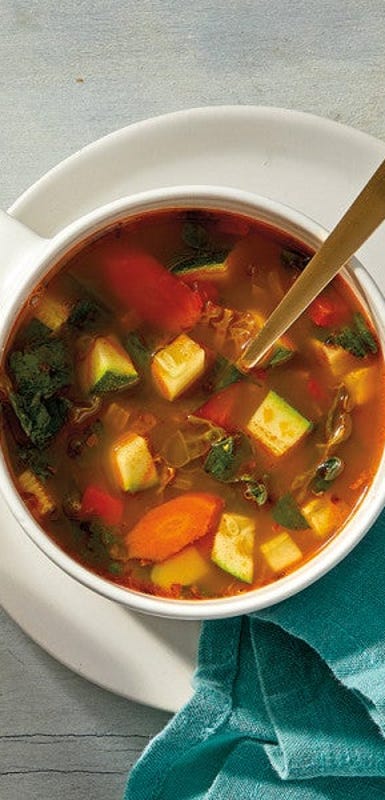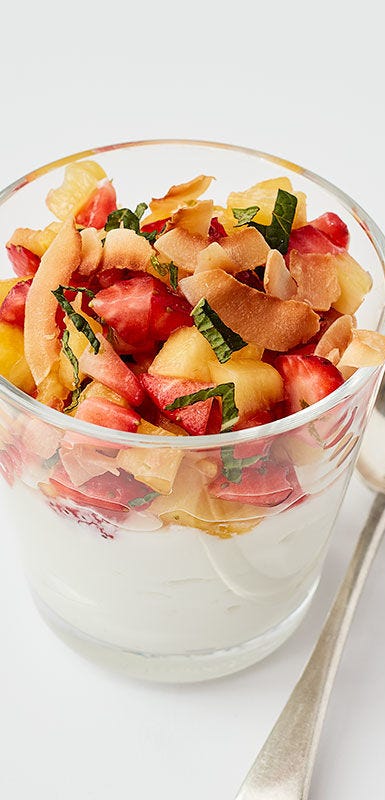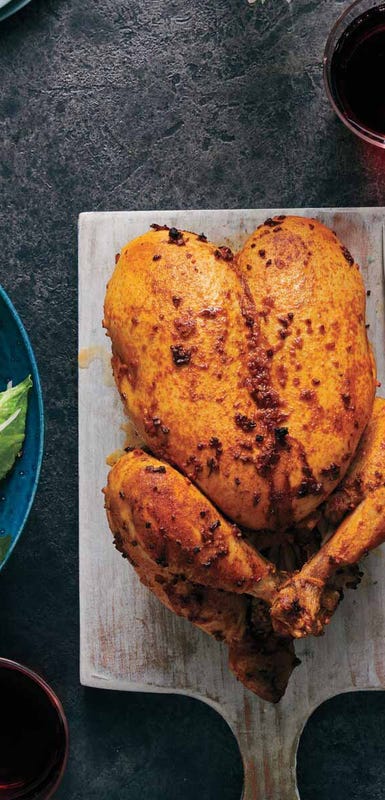FODMAPs 101
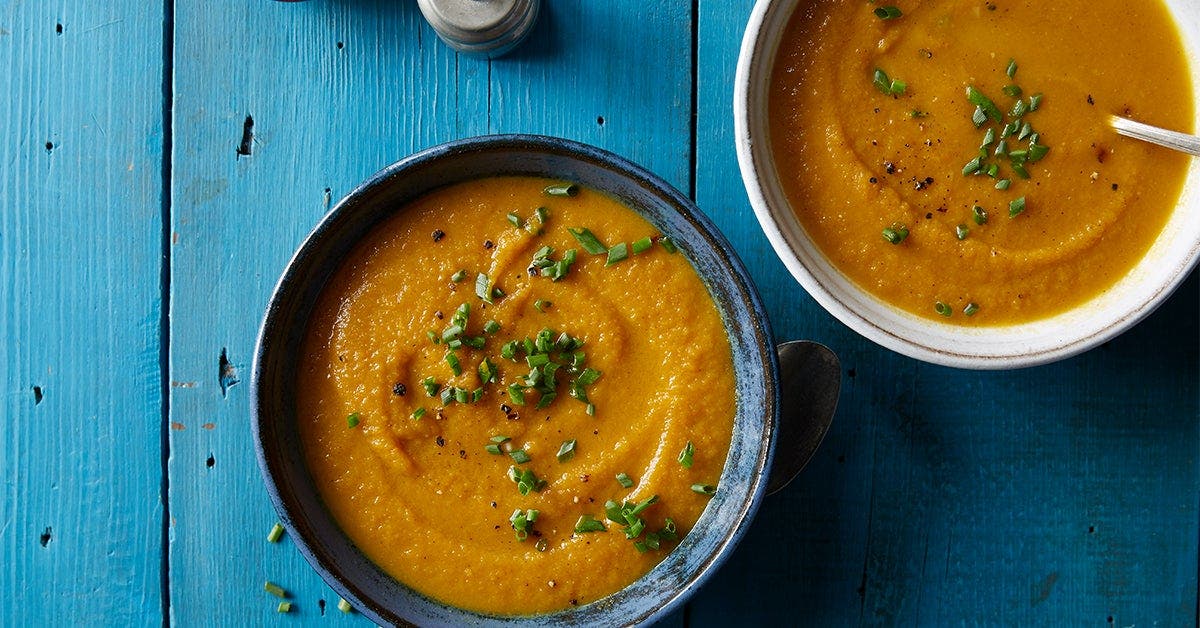
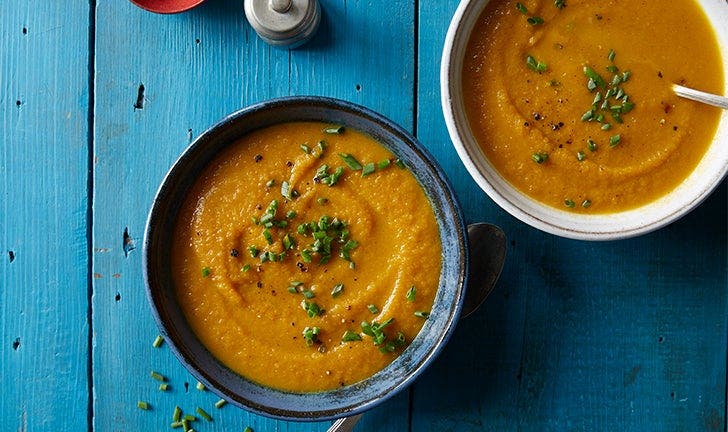
If you or anyone you know has dealt with irritable bowel syndrome or any other gut issues, you may have heard talk of FODMAPs. Let’s get into exactly what they are.
FODMAP, or the plural FODMAPs, is an acronym for “fermentable oligosaccharides, disaccharides, monosaccharides and polyols,” explains dietitian Katie Krejci, MS, RD, LD, IFNCP, who says she often recommends the low-FODMAP diet to her clients and has even been on it herself. “These are all types of carbohydrates that can lead to symptoms of constipation or diarrhea, pain, gas, and bloating if the gut microbiome is out of balance.”
Krejci explains this imbalance happens because high-FODMAP foods are rapidly fermented by gut bacteria if they are present high up in the small intestine, rather than down in the colon where the bacteria belong.
“While the low-FODMAP diet isn’t a permanent fix,” she says, “it can provide rapid relief of GI symptoms while treating the underlying cause of the gut imbalance. Studies show that 75 per cent of those with IBS find improvement in their symptoms while on a low-FODMAP diet.”
Krejci says the low-FODMAP diet is not meant to be a long-term thing.
“It is recommended to follow the low-FODMAP diet for two to six weeks until symptoms are gone, then reintroduce high FODMAPs back one at a time to identify which ones are triggers for the individual. The low-FODMAP diet should not be used long term and it’s best to work with an experienced dietitian to obtain the best success.”
If you work with a dietitian and/or your doctor, you can get a full list of high- and low-FODMAP foods, but here’s a primer from Krejci:
High-FODMAP Foods: apples, avocado, watermelon, asparagus, garlic, mushrooms, cow’s milk, coconut flour, wheat, barley, oat milk, yogurt, beans, cashews, pistachios, honey, agave, high-fructose corn syrup, chamomile tea, coconut water, and kombucha.
Low-FODMAP Foods: grapes, kiwi, oranges, carrots, cucumbers, tomatoes, eggs, beef, chicken, corn, quinoa, rice, canned coconut milk, goat cheese, cheddar cheese, Brazil nuts, hemp seeds, and peanuts.
Krejci recommends cooking from scratch as often as possible because that allows you to control the ingredients.
“Many processed foods contain high-fructose corn syrup or garlic, both of which are high-FODMAP foods,” she says. “Some meal ideas would be fried eggs with steamed spinach for breakfast, [a] turkey pineapple quinoa bowl for lunch and maple mustard chicken with green beans for dinner. Good snacks would be dark chocolate, low-FODMAP fruit like grapes or oranges, Brazil nuts or beef jerky (made with low-FODMAP ingredients).”
You can get started in the kitchen with these WW recipes featuring low-FODMAP ingredients:
FODMAP Friendly Adjustments:
Tropical Mango Overnight Oats – you can also try almond milk instead of coconut, or another dairy-free alternative
Garden Vegetable Soup – skip the onion and garlic
Eggplant Parmigiana – skip the breadcrumbs or use a wheat-free alternative, skip the garlic powder and swap the cheeses for low-FODMAP brie, Camembert, cheddar or feta
Sweet Pineapple & Strawberry Salsa with Yogurt – choose a dairy-free yogurt such as coconut-based yogurt
Peruvian Roast Chicken with Avocado Salad – skip the onion and garlic
Moroccan-Spiced Butternut Squash Bisque – skip the onion
“The hardest thing to avoid is onion and garlic powder,” says Krejci, “since they are in many things from salad dressings to pasta sauce. Take your time to read labels while at the store and again, try to cook from scratch whenever you can.”
If you’re interested in trying a low-FODMAP diet, it’s important to discuss it with your doctor and/or a dietitian first to get medical guidance tailored for you.

